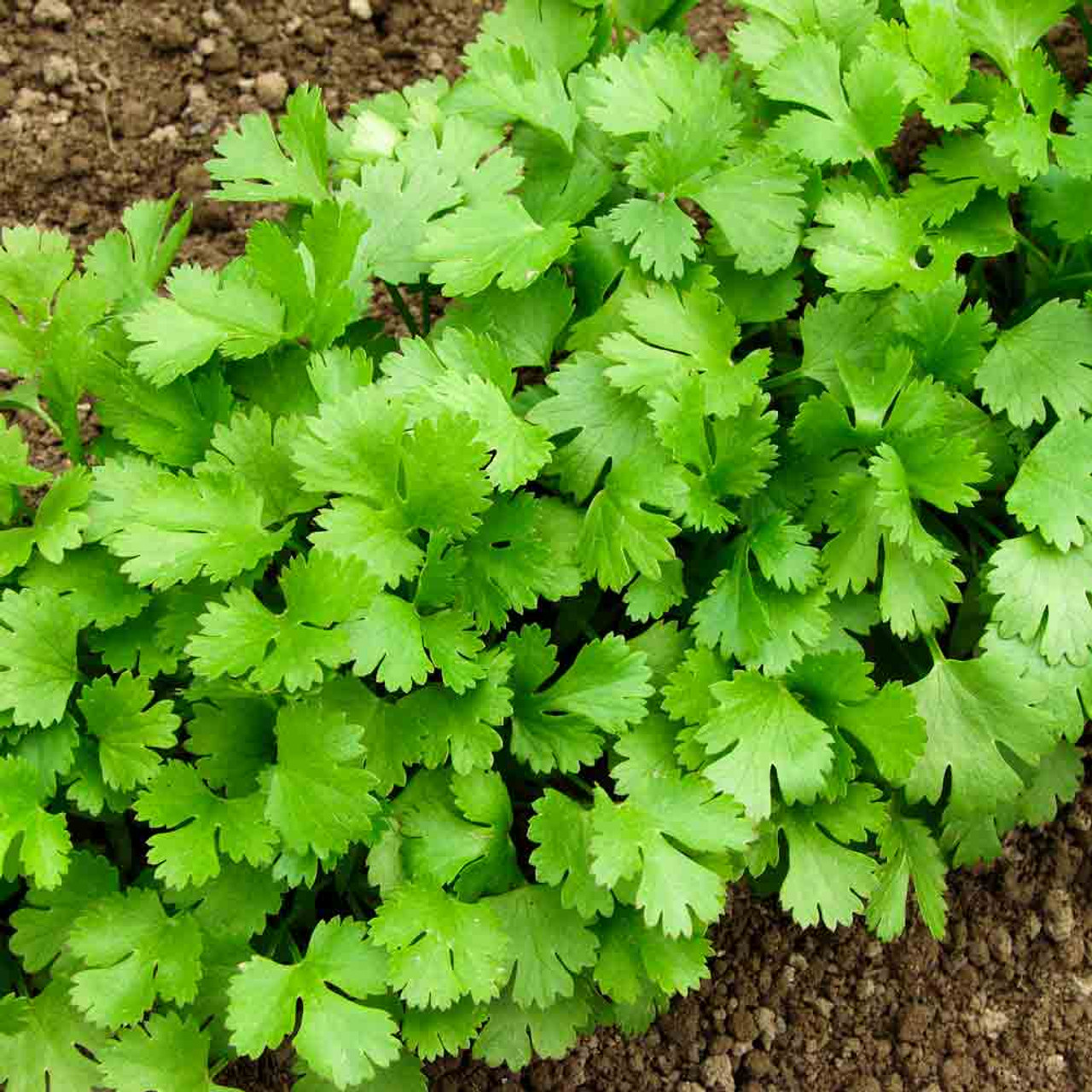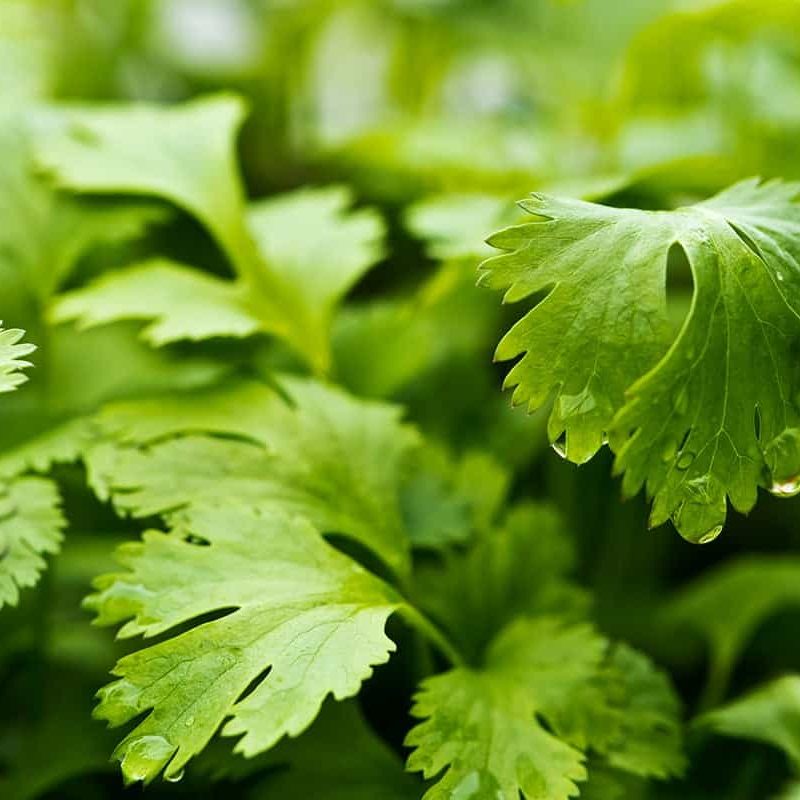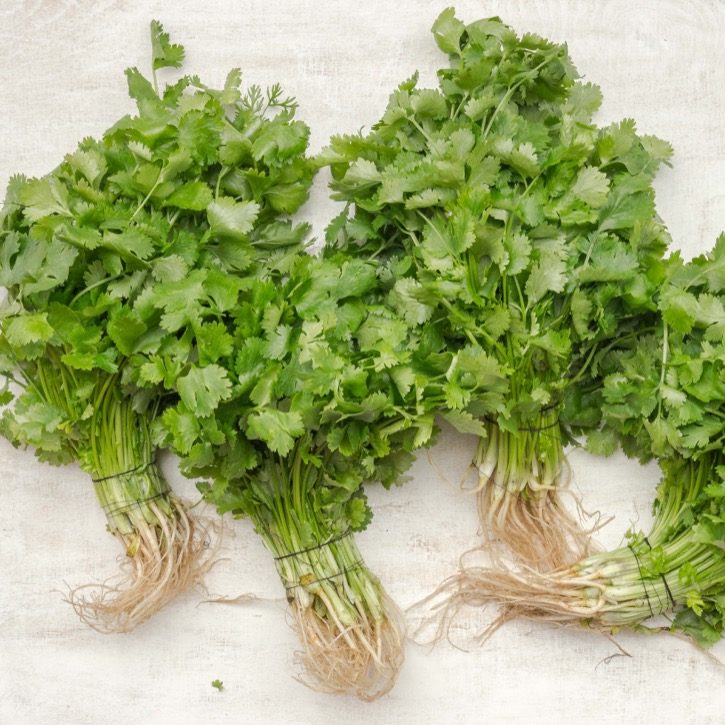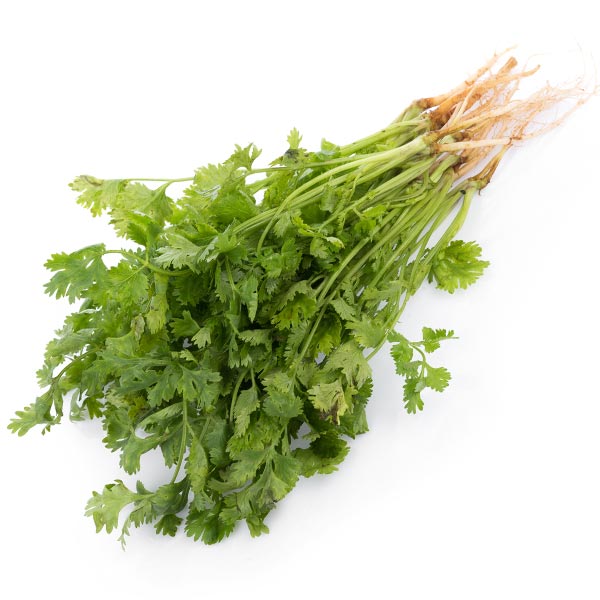Introduction to Coriander and Cilantro
Coriander and cilantro are two terms often used interchangeably in cooking and culinary discussions. However, they refer to different parts of the same plant, Coriandrum sativum. Understanding the distinction between these terms can help you navigate recipes and enhance your cooking skills. For many, particularly in different cultures, the terminology can cause confusion, especially when discussing recipes from various regions.
The plant is widely used in different cuisines, especially in Latin American, Asian, and Middle Eastern dishes. Each part of the plant offers unique flavors and culinary applications. This article delves into the differences between coriander and cilantro, exploring their uses, flavor profiles, nutritional values, and cultural significance. Understanding these aspects can enrich your culinary knowledge and food preparation.

The Plant: Coriandrum Sativum
Botanical Characteristics
Coriander, scientifically known as Coriandrum sativum, is a flowering plant belonging to the Apiaceae family. The plant is native to regions of Europe and Asia and is now cultivated globally. It typically grows to heights of about 24 inches and has delicate, feathery leaves. The flowers are small and white, forming clusters, which eventually develop into the fruits that can be harvested.
Coriander is considered an annual herb, which means it completes its lifecycle in one growing season. The leaves, commonly referred to as cilantro, are used fresh in dishes, while the seeds are harvested as coriander spice. Recognizing the plant’s attributes is essential for understanding how to use each part effectively in cooking.
Cultivation and Growth
Coriander thrives in well-drained soil and requires plenty of sunlight for optimal growth. It can be grown in gardens, pots, or even indoors, making it accessible for most people interested in home gardening. The plant prefers cooler weather, which can limit its growth in very hot climates. In many areas, it’s commonly grown in the spring and fall.
The growth cycle will also dictate the availability of different parts of the plant. When allowed to flower and produce seeds, coriander can become a self-seeding plant, spreading its seeds to produce new plants for the next season. This is how some gardeners continually enjoy fresh coriander leaves and seeds throughout the year.

Distinction Between Coriander and Cilantro
Terminology Differences
The primary difference between coriander and cilantro lies in their terminology based on location. In American and Canadian English, “cilantro” refers specifically to the leaves and stems of the Coriandrum sativum plant. In contrast, “coriander” is used to describe the seeds and sometimes the entire plant. British English uses “coriander” for both the leaves and seeds, which can complicate conversations.
Understanding these terminology differences is essential for clarity in cooking and recipes. When discussing a recipe with others, knowing whether to refer to the leaves as cilantro or coriander can help eliminate misunderstandings. This distinction is particularly important when collaborating with individuals from different regions or cultures.
Culinary Uses of Cilantro and Coriander
Culinary applications for coriander and cilantro vary greatly. Cilantro is commonly used in fresh salads, salsas, and as a garnish for soups and curries. The leaves have a bright, citrusy flavor that enhances dishes. It is often added just before serving to maintain its vibrant green color and fresh taste. In contrast, coriander seeds are typically used ground or whole as a spice. They have warm, nutty, and slightly sweet notes, making them ideal for seasoning various dishes.
In many cultures, both parts of the plant are essential for authentic flavor. For example, in Indian cuisine, cilantro might be used as a garnish alongside coriander seeds in curries. In Mexican cuisine, cilantro is a key ingredient in salsa and guacamole, enhancing the overall flavor profile with its freshness. These diverse culinary uses illustrate the importance of understanding each part of the plant.
Nutritional Value of Cilantro and Coriander
Health Benefits of Cilantro
Cilantro leaves offer various health benefits due to their rich nutritional profile. They are low in calories yet contain important vitamins and minerals. These leaves are an excellent source of vitamin K, which plays a crucial role in blood clotting and bone health. Additionally, cilantro provides vitamin A, which supports eye health, and vitamin C, which is essential for a healthy immune system.
Cilantro also contains antioxidants that help combat oxidative stress in the body. Research has suggested that compounds in cilantro may assist in detoxification processes, which can lead to improved overall health. Incorporating fresh cilantro into your diet can provide flavor along with numerous health benefits, making it a valuable addition to meals.
Nutritional Contribution of Coriander Seeds
Coriander seeds, on the other hand, offer different nutritional benefits compared to the fresh leaves. They are rich in dietary fiber and contain significant amounts of essential oils, which provide various health benefits. These seeds are known to have anti-inflammatory properties, which can help reduce symptoms of certain health conditions.
Moreover, coriander seeds are a source of necessary minerals, such as manganese, iron, and magnesium. These nutrients contribute to various bodily functions, including bone health, energy production, and maintaining healthy blood sugar levels. Using coriander seeds in cooking not only adds flavor but also enhances the nutritional value of dishes.

Cultural Significance of Cilantro and Coriander
Culinary Traditions Around the World
Cilantro and coriander have significant cultural importance in various culinary traditions worldwide. In Mexican cuisine, cilantro is a staple ingredient, frequently appearing in dishes such as salsas, tacos, and salads. Its bright flavor profile complements the bold tastes found in these recipes, making it essential for authentic Mexican cooking.
Symbolism and Culinary Heritage
In addition to their culinary uses, cilantro and coriander carry symbolic meanings in some cultures. In certain regions, cilantro is associated with freshness and vitality, often symbolizing the importance of using fresh ingredients in cooking. The connection to heritage and tradition is evident in how coriander is incorporated into family recipes passed down through generations.
Cilantro and coriander also serve as examples of how local ingredients can influence culinary practices and flavors. They represent the broader connection between culture, identity, and food, demonstrating how specific herbs can shape culinary traditions in meaningful ways. Embracing these ingredients can enhance your appreciation of diverse culinary practices.
Tips for Growing and Using Cilantro and Coriander
Growing Your Own Cilantro and Coriander
Growing cilantro and coriander in your home garden can be a rewarding experience. This herb prefers well-drained soil and plenty of sunlight. Plant seeds in spring or fall, depending on your local climate, as cilantro grows best in cooler temperatures. Ensure regular watering, but avoid overwatering, which can lead to root rot.
When cultivating cilantro, regularly harvesting the leaves promotes new growth and helps prevent the plant from bolting, or flowering prematurely. If your goal is to harvest coriander seeds, allow the plant to flower and develop seed heads. Once mature, these seeds can be collected and stored for culinary use. Growing your own cilantro and coriander ensures a fresh supply while providing a fun gardening experience.
Culinary Tips and Pairings
Incorporating cilantro and coriander into your cooking can elevate the flavors of many dishes. Cilantro can be added to salads, marinades, and sauces for a touch of brightness. For Asian dishes, it can be used to garnish stir-fries or as an ingredient in salads like Thai green papaya salad. It pairs well with lime, garlic, and chili, enhancing the overall flavor profile of dishes.
Coriander seeds, when used whole, can add depth to curries and roasted vegetables. When ground, they impart warmth and nutty flavors, making them a great addition to spice blends and baked goods. Experimenting with different combinations and applications can help you discover the unique flavors cilantro and coriander bring to the table. Understanding how to use these herbs creatively will enhance your culinary adventures.
Conclusion: Embracing Cilantro and Coriander in Your Kitchen
In conclusion, understanding the difference between coriander and cilantro is essential for anyone interested in cooking and exploring flavors. These two terms refer to different parts of the same plant, each with its unique culinary applications and health benefits. By appreciating their distinct qualities, you can enhance your culinary creations and expand your palate.
With their rich cultural significance and versatile applications, cilantro and coriander have secured their places in various cuisines around the world. Incorporating them into your cooking can add freshness and complexity, elevating even the simplest dishes.
As you continue to explore the world of cooking, embrace the unique flavors that cilantro and coriander offer. Whether you are growing them in your garden or adding them to your meals, understanding these herbs will enrich your culinary experience. Celebrate the vibrant tastes and health benefits these ingredients provide, and enjoy the journey of incorporating them into your cooking!


